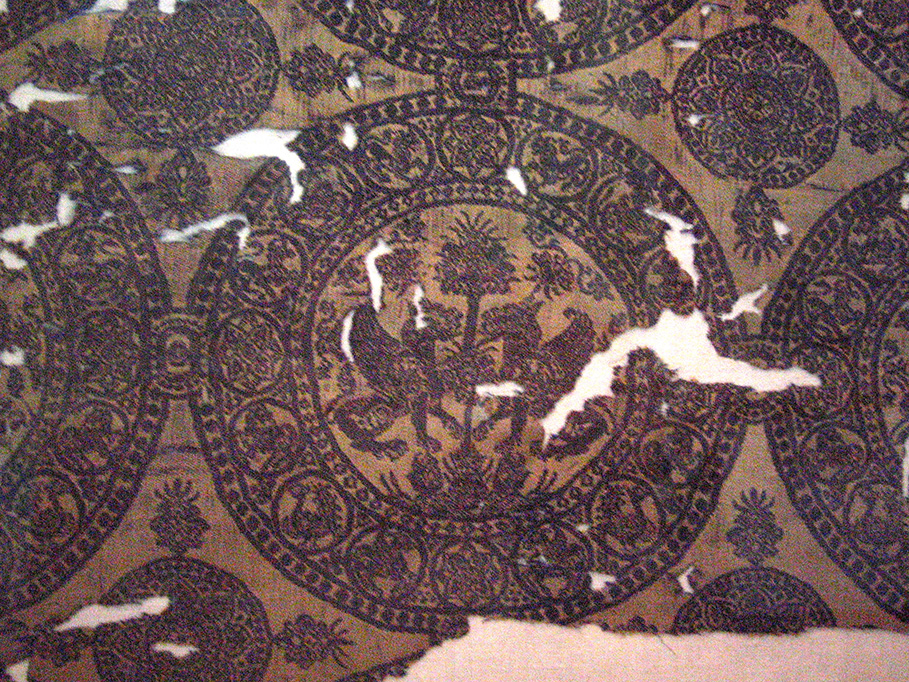By examining the remains of textiles from different historical periods in Iran, the research center for Iranian traditional arts has succeeded in recreating textiles from the Sassanid and Buyid eras.
The center’s Brocade Workshop is where the projects are been undertaken.
Head of the workshop, Ruhollah Dehghani, said the projects were run by artists and artisans with expertise in the traditional arts, and were based on research projects undertaken at Iran’s Research Institute of Cultural Heritage, and Tourism (RICHT) on different provincial regions.
He said during the project the weaving style of a two-sided textile from Sassanid era was replicated and used to create new materials. The same was done on cloth dating back to the Buyid dynasty and a style of Termeh which died out over 50 years ago.
Termeh is a precious type of, originally, handwoven cloth originating in Iran, and primarily produced in Yazd Province. Weaving Termeh requires high quality wool with tall fibers and is woven by an expert and assisted by a helper referred to as “Goushvareh-kesh”. Weaving Termeh by hand is a delicate, painstaking, and time-consuming process; a good weaver can produce only 25 to 30 centimeters in a day.
Dehghani pointed to another project which is aimed at reviving a textile depicting a prince and his captive. A course to familiarize artists to the characteristics and weaving style of the material and prepare them for the operational phase of the project is underway at the center.
The original textile is kept in New York Metropolitan Museum, and dates back to Safavid period.
Training courses on traditional artists are available for those interested in learning, preserving, and reviving the national heritage, he concluded.


